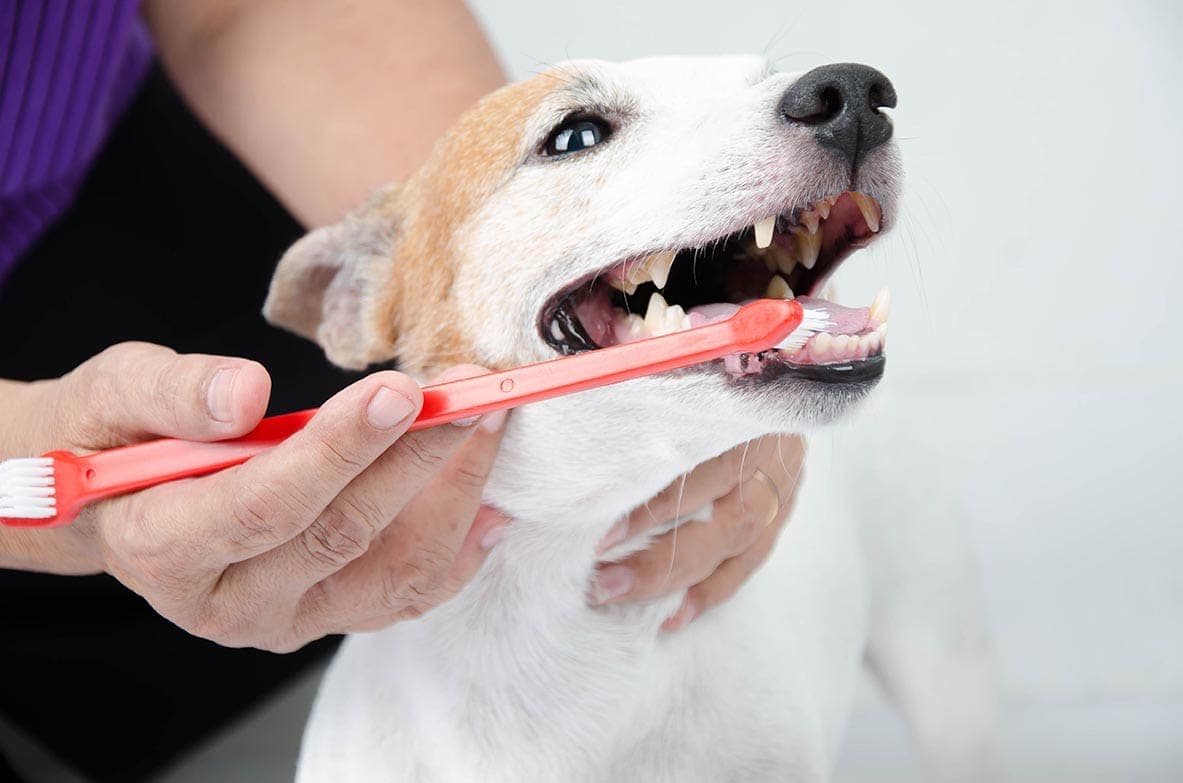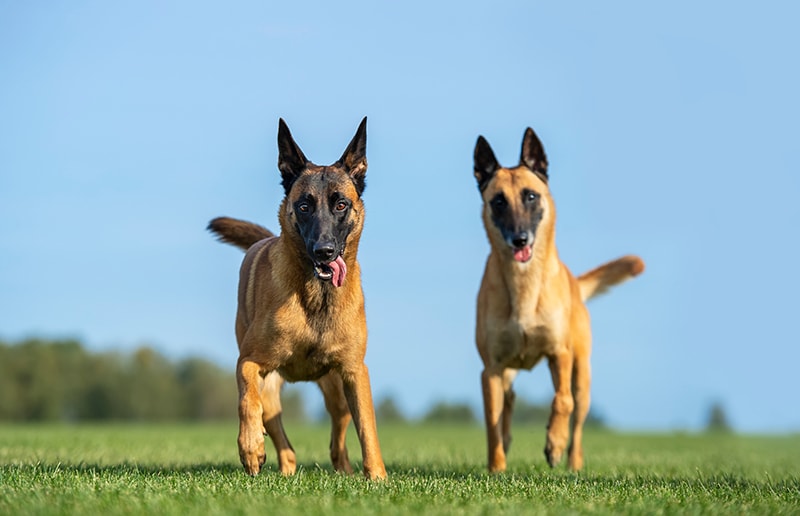Why Does My Dog Pee on My Child’s Bed? 5 Vet-Reviewed Reasons
Updated on
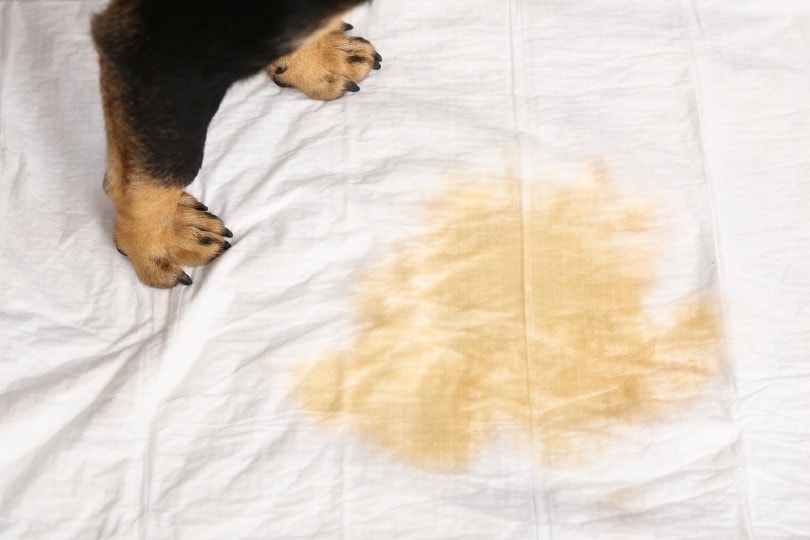
Click to Skip Ahead
As a parent and pet lover, it is natural to want your child to have a strong bond with their animal siblings. Seeing your child and dog frolicking in the yard or cuddling on the bed are moments we like to capture in photos to remind us of their youth in the years to come.
Understanding that accidents happen is part of being both a parent and a pet owner. This is especially true when you come to realize your dog is peeing on your child’s bed. While the act of peeing in the house is something pet parents work hard to stop, understanding the underlying reasons for this behavior is important for pet parents. Let’s take a look at five possible reasons your pet may be peeing on your child’s bed and ways you can stop this unwanted behavior.
The 5 Possible Reasons for a Dog to Pee on a Child’s Bed
1. Urinary Tract Infections
Unfortunately, one of the main reasons a dog may pee on your child’s bed is kidney issues or urinary tract infections. Urinary tract infections can be common and often quite painful for your dog. These infections are caused when bacteria enter your dog’s urinary tract.
The signs of a urinary tract infection include painful urination, needing to pee more often, and the inability to hold their bladder. When your pet has a urinary tract infection, they may not have time to leave your child’s bed before the accident occurs. These types of infections can also lead to other kidney problems such as bladder stones, cystitis, tumors, and potentially kidney disease. To properly diagnose one of these kidney issues, your dog must be seen by a veterinarian.
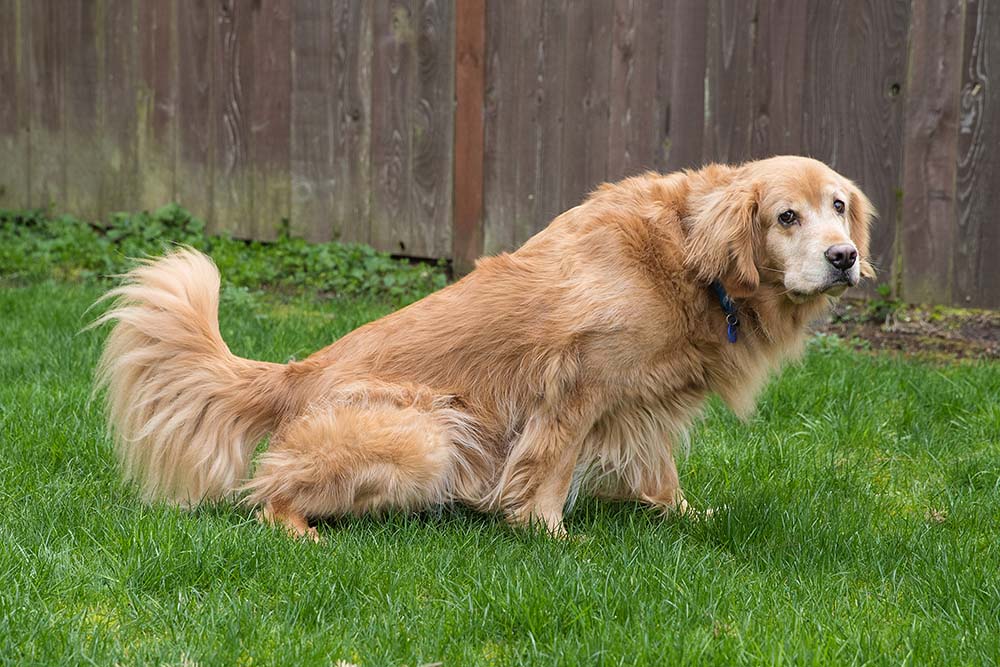
2. Incontinence
When a dog leaks urine uncontrollably, it is known as urinary incontinence. This condition happens most often to senior dogs but can affect a dog of any age or sex. If your dog suffers from incontinence, they simply cannot control their bladder, and accidents can happen at any moment no matter where they are.
One of the most common times a dog may lose control of their urine is when they sleep. If your pet loves sleeping in the bed with your child, don’t be surprised if they have accidents from time to time. Get the dog checked by your veterinarian who can offer possible solutions to help your dog if they are suffering from urinary incontinence.
3. Emotional Stress or Excitement
The stress your dog experiences may not be the same as what you feel when things change, but it does happen. Environmental changes, new people or pets in their lives, and even unfamiliar noises around the home can cause your dog emotional stress, anxiety, fear, or excitement. When these emotional responses take place, your pooch may find itself using the bathroom in strange places. If you’re already ruled out medical issues as the reason for your dog peeing on your child’s bed, try to determine whether environmental changes could be causing emotional stress for your pet.
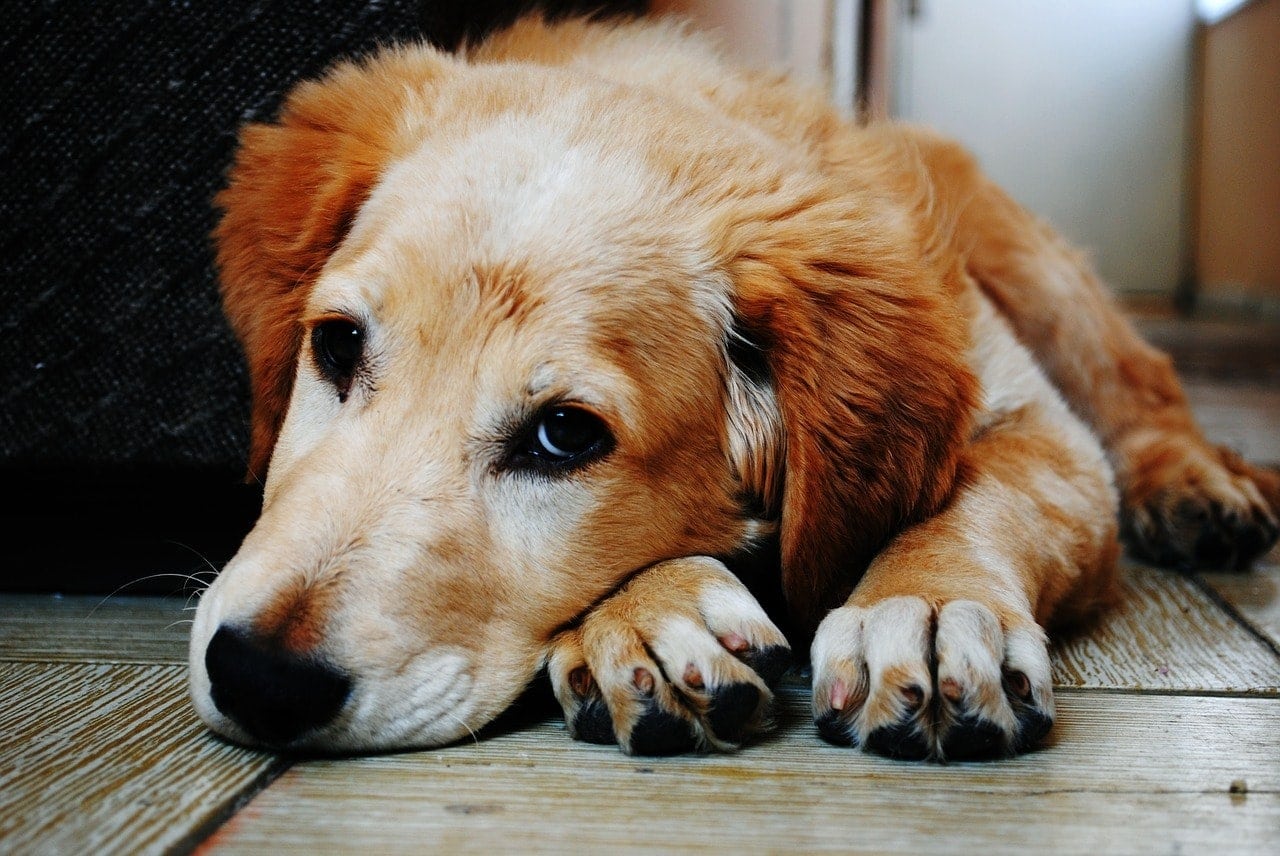
4. Housebreaking Issues
Housebreaking a dog isn’t an easy task. If you’ve brought a new puppy into the home, or have rescued a dog in need of a home, the most important thing to remember is to give them time to learn what’s expected of them. As you work with housebreaking, there will be accidents. Often you may think your pet is fully housebroken but an accident happens on your child’s bed to change your mind. If this happens, go ahead and resume training. It’s clear your pup needs more guidance.
5. Marking Their Territory
Many dogs find it important to mark their territory. This is their way of letting other dogs know they are there and what they feel is theirs. It also is a way for them to show where they rank and their current reproductive status. It is a common action, especially in dogs that have not been spayed or neutered. Unfortunately, if your dog is peeing on your child’s bed due to their need to mark their territory, it could happen several times. Luckily, behavior modification and continued training can help fix this issue and keep your child’s bed clean and free of urine.
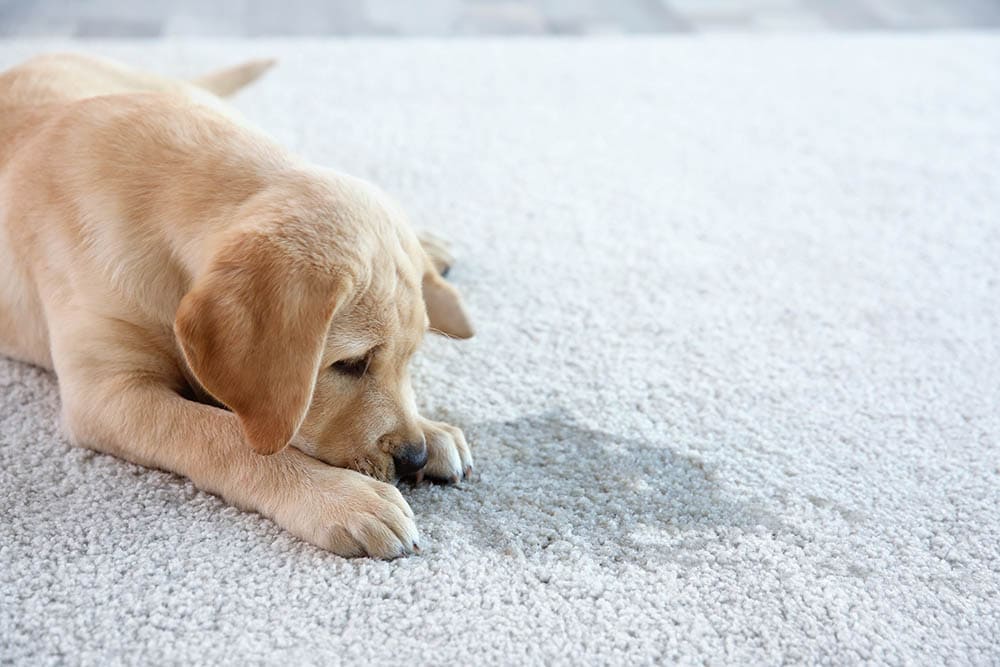
How to Clean Dog Urine From Your Child’s Bed
No parent wants their child sleeping in a bed where dog urine is present. When your dog pees on your child’s bed you must act quickly to remove the odor and stain. Let’s take a look at the steps you should take when cleaning dog urine from your child’s mattress.
1. Remove and Wash the Bedding
The first thing to do after your dog pees on the bed is to remove all bedding and wash thoroughly. The sooner this is done, the less time any smells or stains have to set in.
2. Blot the Urine

If the urine is still wet on the mattress use paper towels and blot the spot. Make sure you blot or dab the urine, and avoid rubbing. Rubbing will make matters worse by massaging the urine into your child’s mattress.
3. Spray With Your Chosen Cleaner
Whether you decide to make your own cleaning solution of 50/50 water and vinegar or use a store-bought enzyme cleaner you should coat the urine spot thoroughly. Once this is done, let the cleaner sit on the spot for roughly 5 minutes or more to soak in and do its job.
Our favorite enzyme cleaner for eliminating pet smells and stains is our very own Hepper Advanced Bio-Enzyme Pet Stain & Odor Eliminator Spray. It makes clean-up a breeze because it permanently removes even the very worst smells and stains (urine, feces, vomit, you name it!) from basically any surface you can imagine.
- ADVANCED ENZYMATIC CLEANER - Penetrates the most stubborn smells and stains at the deepest molecular...
- FOR ANY MESS, ON ANY SURFACE - This pet odor eliminator cleans your carpets, floors, furniture,...
4. Blot
Again, avoid the urge to scrub the spot, even with the cleaner on it. Use paper towels and blot the area again to soak up the wetness from the cleaner.
5. Add Baking Soda
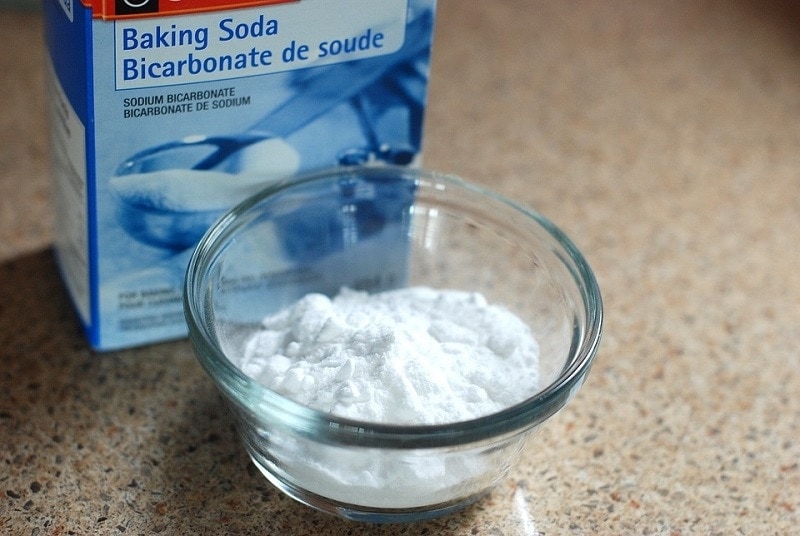
Baking soda draws out moisture. By sprinkling baking soda over the cleaning area, you are helping the diluted urine removal. The baking soda should sit for several hours or overnight if your child has another area where they can sleep.
6. Vacuum
After the baking soda has done its job of drawing out the moisture and urine, use your vacuum cleaner and remove the dried remains. If you notice stains are left, repeat these steps until it is gone.
Tips for Stopping Your Dog From Peeing on Your Child’s Bed
Once you’ve thoroughly cleaned your child’s bed, it’s time to take on the task of stopping your dog from repeating this behavior. This will help you avoid constant cleaning of your child’s bed and the possibility of having to replace the mattress at some point. Here are three tips that can help you stop your dog from peeing on the bed or other surfaces of your home.
1. Take a Trip to the Vet

As we mentioned above, urinary tract infections and other kidney issues are the main reason dogs may pee on your child’s mattress. To check for these illnesses, or others that could be present and make your dog exhibit behavior out of the norm, a trip to the vet is a must. They will give your dog a full examination, do any tests they feel are relevant, and help you pinpoint any medical reasons for your pet’s urination issues.
2. Assess Your Home Environment
While changes around the home can trigger changes in your dog, you may not realize they’ve happened. Sure, you are fully aware of other pets entering the home, people visiting, or changes in pet food but other environmental changes can take place that we often overlook. Noisy neighbors or construction down the street could be a trigger. You may also find that if your pet is new to the home, they may be having trouble adjusting. Trying to be more understanding of the home situation and your pet’s reaction to it can help you modify their behavior and get them back on track with knowing where they are expecting to pee.
3. Consider Bed Restrictions
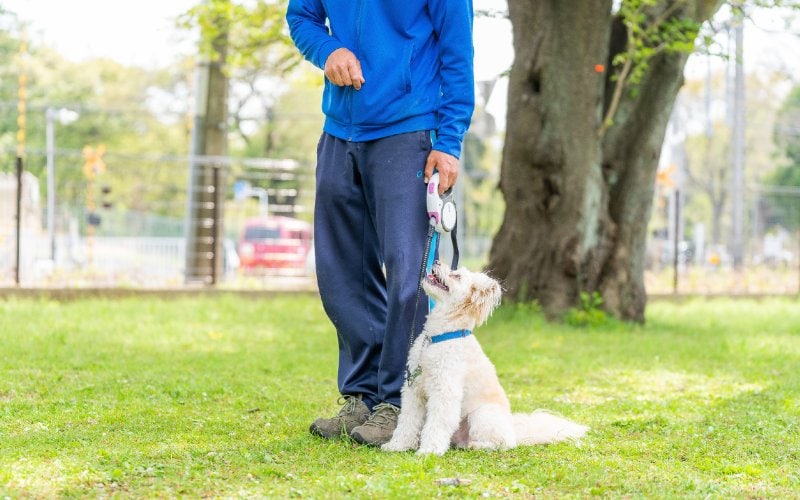
If you’ve followed the first two steps above and things aren’t changing, you may need to show your pet that your child’s bed isn’t their potty area. By restricting bed access when you’re unable to keep a close eye on them, you can avoid unnecessary accidents. Make sure your pet gets adequate bathroom breaks and is properly shown where they should be eliminating themselves. Once the issue feels more under control, you can allow them free reign of the house again.
Final Thoughts
As you can see, there are several possible reasons why your dog is peeing on your child’s bed, but it certainly doesn’t mean they don’t love your little one. While it is instinctual to stop this behavior immediately, it is important to take a moment and try to understand your pet’s behavior and why it has changed. Once you do this, you can enact the proper steps to stop the issue and get your dog and child back to being the cuddle buddies and best friends they are meant to be.
See Also:
Featured Image Credit: Pixel Shot, Shutterstock








